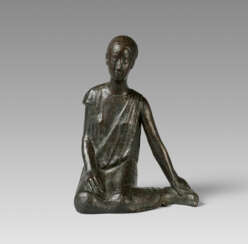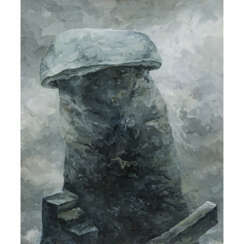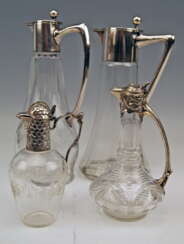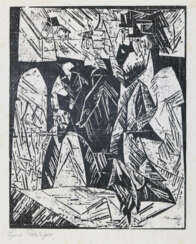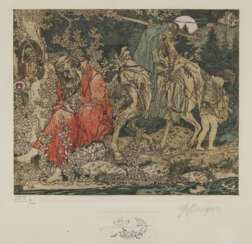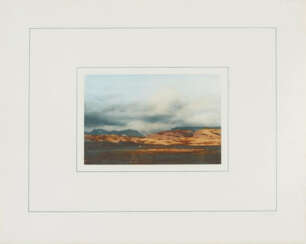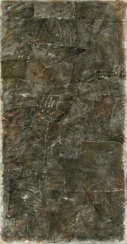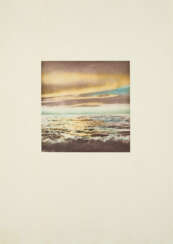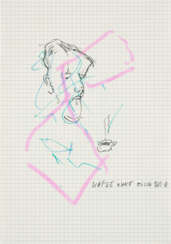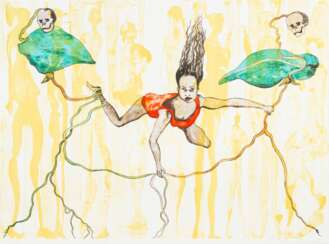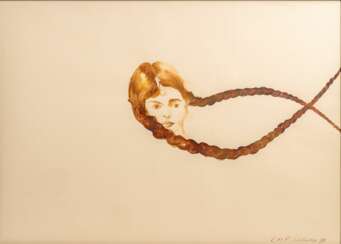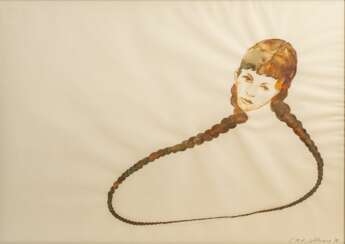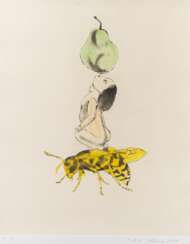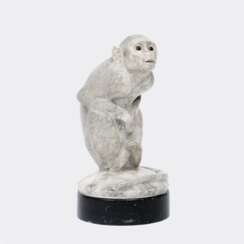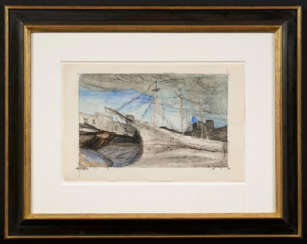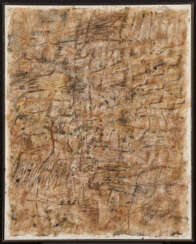schläger
.jpg)
Gerhard Marcks was a German artist, known primarily as a sculptor, but who is also known for his drawings, woodcuts, lithographs and ceramics.
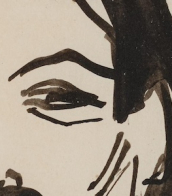
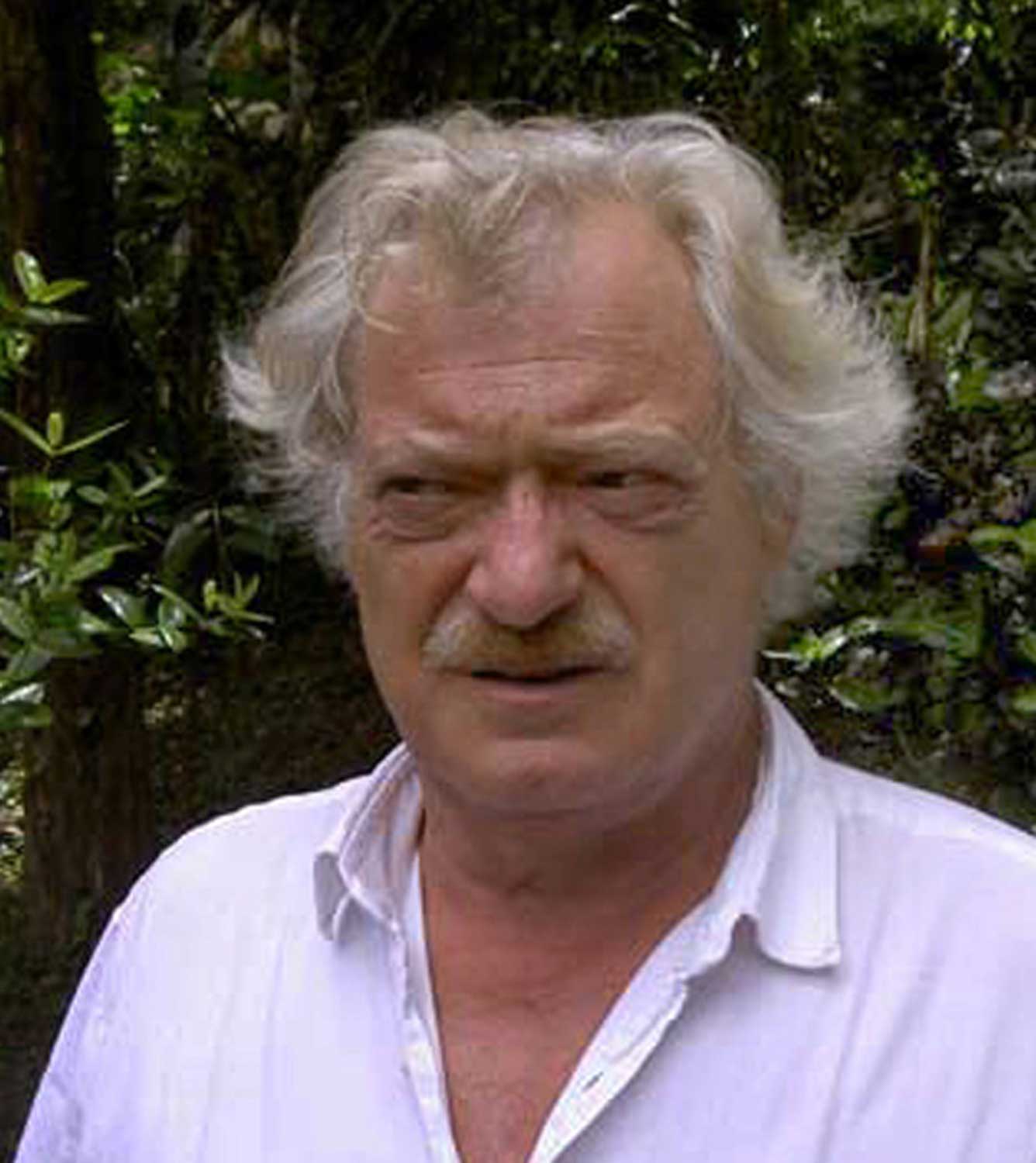
Lambert Maria Wintersberger was a German artist.
With other artists such as Markus Lüpertz, Karl Horst Hödicke, and Bernd Koberling, he helped found the Gallery "Großgörschen 35" in Berlin.
Lambert Maria Wintersberger was the laureate of the Centre Européen d'Actions Artistique Contemporaines in Strasbourg in 1992, and in 2005 and 2006, he was the guest artist at the Majolika Ceramic Factory in Karlsruhe.
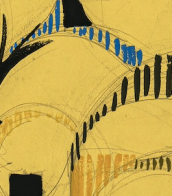

Gerhard Richter is a German visual artist. Richter has produced abstract as well as photorealistic paintings, and also photographs and glass pieces. He is widely regarded as one of the most important contemporary German artists and several of his works have set record prices at auction.

Joseph Fernand Henri Léger was a French artist renowned for his innovative approach to Cubism and his transition towards a figurative, populist style. Born in Argentan, Orne, Lower Normandy, Léger's early career was marked by a stint as an architectural draftsman and a series of educational pursuits that eventually led him to Paris, where he embraced painting seriously. His artistic journey was significantly influenced by the bold abstractions of Cubism, characterized by geometric shapes and a vibrant palette, distinguishing his work from his contemporaries with what came to be known as "Tubism".
Léger's service in World War I profoundly impacted his artistic direction, leading him to adopt a 'mechanical' style that depicted the modern industrial world with sleek, tubular forms. This period saw creations like "Soldier with a Pipe" and "The Card Players," reflecting his war experiences and the mechanical aesthetics of the time. The post-war era encouraged Léger to explore the mechanical style further, evident in works like "The Bargeman" and "Mechanical Elements," highlighting the pace of technological advancement.
Throughout his career, Léger's work evolved, notably in the 1920s, where he aligned with Purist ideas, blending classicism with modernity. This phase is exemplified in "Woman with a Cat," showcasing a classical form with a modern, polished finish. By the 1930s, Léger's art took a more figurative, populist turn, aiming to democratize contemporary art and make it more accessible. His commitment to art education, especially for the common worker, underscored his belief in the social role of art.
For those intrigued by Joseph Fernand Henri Léger's groundbreaking contributions to modern art, his works can be found in prestigious museums worldwide. His legacy continues to inspire art collectors and enthusiasts alike. To stay updated on exhibitions and auction events featuring Léger's work, sign up for updates and embrace the unique opportunity to explore the richness of his artistic endeavors.

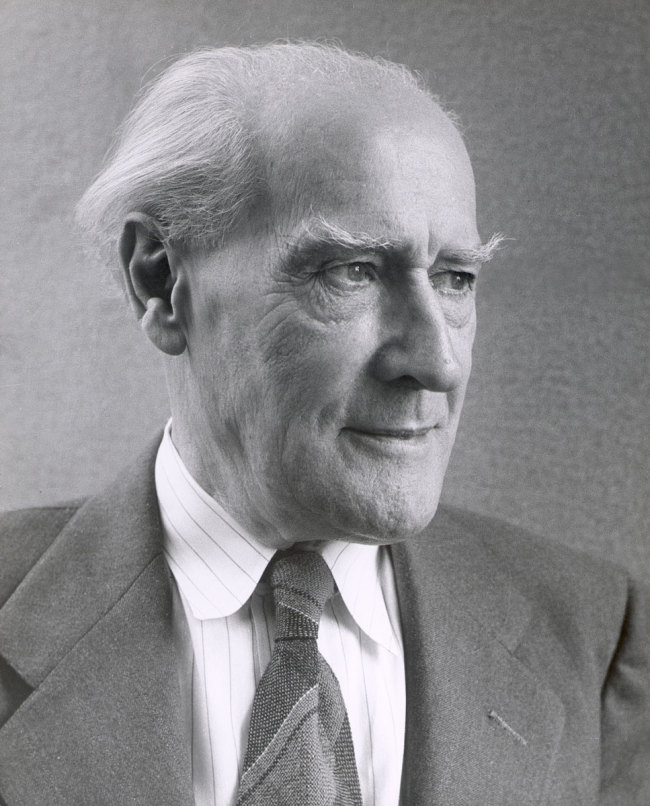
Lyonel Charles Adrian Feininger was an American-German artist renowned for his unique integration of Expressionism, Cubism, and Bauhaus principles. His body of work, which spans several critical decades in modernism's development, is celebrated for its distinctive blend of architectural and nautical motifs, articulated through planar shifts and jagged lines of Cubism, with a vibrant Orphist color palette.
Lyonel Feininger's journey as an artist began in earnest when he was 36, becoming a pivotal figure in various German expressionist groups and a founding member of the Bauhaus, where he led the printmaking workshop. His art, which also includes significant contributions to caricature and photography, explores the intricate relationship between humanity and industrialization, evident in his depictions of architectural and mechanized forms.
His work was subject to Nazi criticism, being labeled as "degenerate," which led to his return to the United States, where he continued to evolve his artistic style. Posthumously, Lyonel Feininger's art has been the focus of several retrospectives, and his pieces, like "Jesuits III," continue to fetch high figures at auctions, underscoring his lasting impact on the art world.
Notably, Lyonel Feininger's "Cathedral" woodcut, representing the Bauhaus's utopian vision, remains one of his most iconic works, symbolizing the integration of art and craftsmanship with its avant-garde yet traditional approach. His legacy is further carried by his sons, Andreas and T. Lux Feininger, who also made their marks in the arts.
For collectors and art and antiques experts, Feininger's work represents a fascinating intersection of various art movements and a testament to the enduring nature of expressive and innovative artistry. To stay updated on new product sales and auction events related to Lyonel Feininger, consider signing up for updates, ensuring you're informed about the latest opportunities to engage with his enduring legacy.
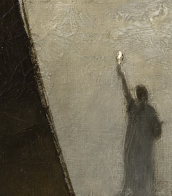
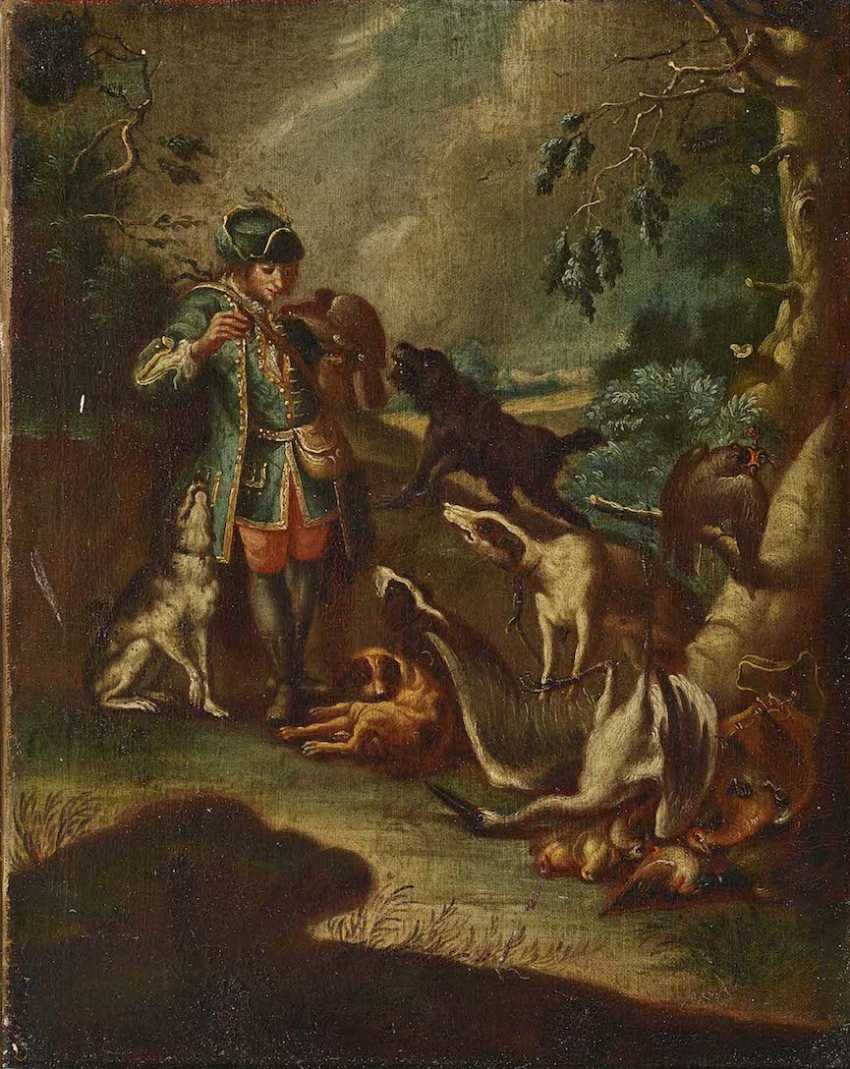
Johann Elias Ridinger was a German painter, engraver, draughtsman and publisher. He is considered one of the most famous German engravers of animals, particularly horses, hounds and hunting scenes.

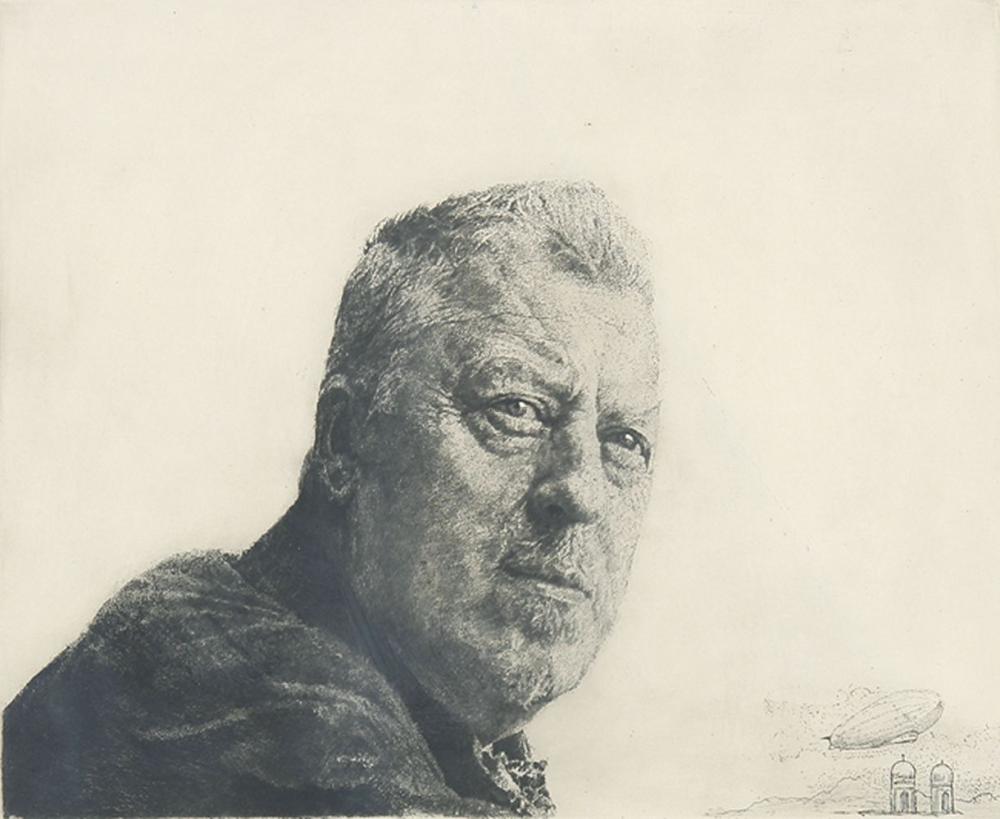
Ferdinand Staeger was a Czech-born German symbolist painter and graphic artist, illustrator and fabric designer.
Staeger studied at the School of Technical Design in Brno and then the School of Applied Arts in Prague, from 1908 he lived in Munich and collaborated with the magazine Jugend. He was a participant in the First World War, his war drawings are characterized by humanity. After the war he illustrated books by Gerhard Hauptmann, Josef von Eichendorff, Eduard Mörike and Adalbert Stifter with great success.
During the Third Reich, Staeger collaborated with the authorities by painting several propaganda pictures, for which he was awarded the title of professor. In 1943 he lost his home in Munich to Allied bombs and many works were lost.
After World War II, he painted in an impressionist style, creating paintings of mythical, mystical, symbolic and religious themes. Many works belong to the genre of "magic realism". Staeger is also known as a tapestry designer, master of etching and ex-libris, and was a member of the Association of German Artists. His wife Sidonie Springer (1878-1937) was also a painter and graphic artist.

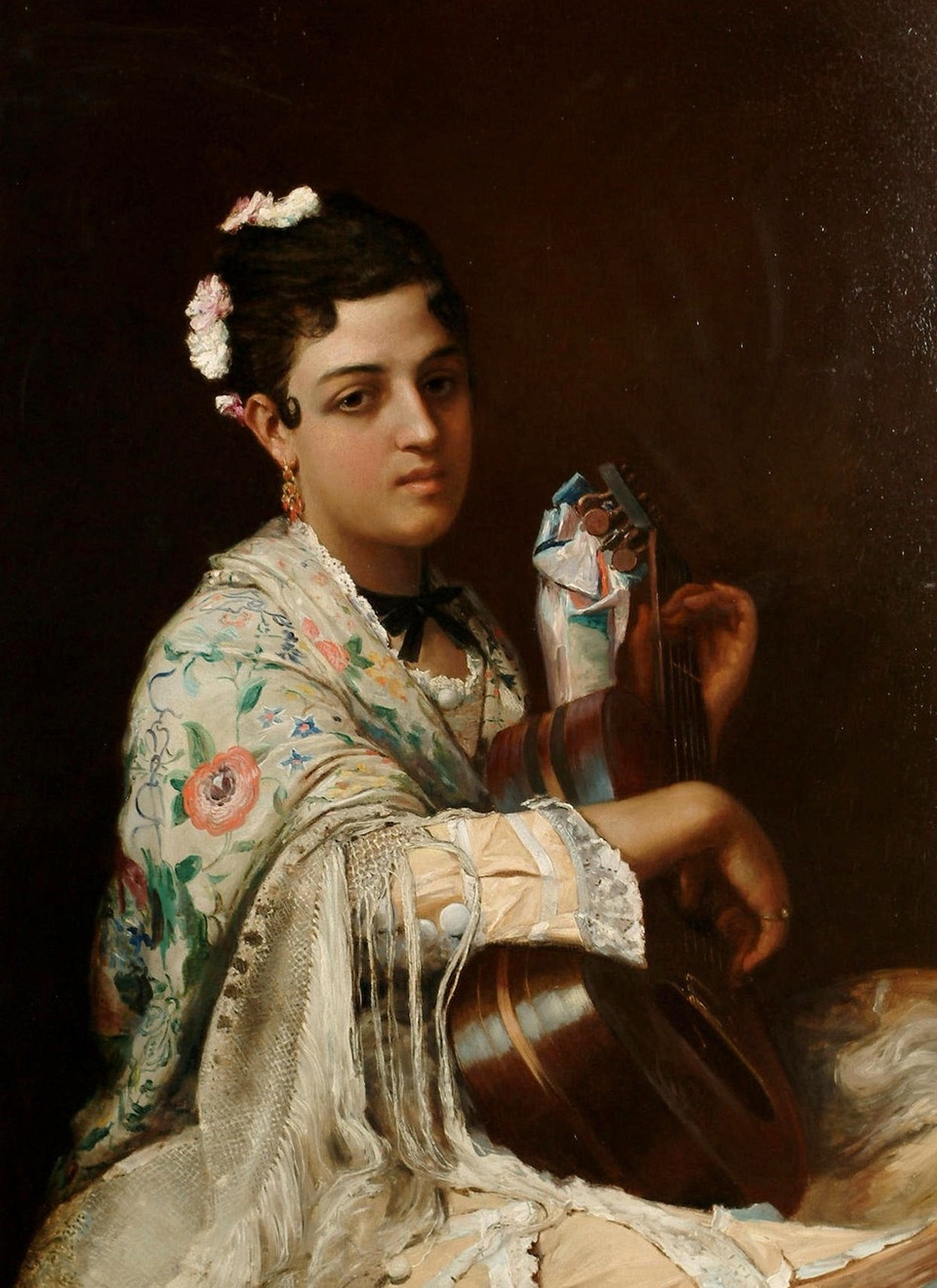
Wilhelm Heinrich Schlesinger was a French painter of the second half of the 19th century of German descent. He is known as a portrait painter and genre painter.
Schlesinger studied painting at the Vienna Academy of Fine Arts, worked in Vienna, then settled in Paris. From 1840 to 1889, he exhibited his works at the Paris Salon. The artist favored idealistic historical subjects and scenes from intimate life. His painting "Five Senses" was purchased by the French Empress Eugenie. The master, staying in Istanbul, painted official portraits of Sultan Mahmud II. Schlesinger's paintings are kept in the museums of Vienna and Versailles.
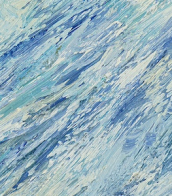

Gerhard Richter is a German visual artist. Richter has produced abstract as well as photorealistic paintings, and also photographs and glass pieces. He is widely regarded as one of the most important contemporary German artists and several of his works have set record prices at auction.

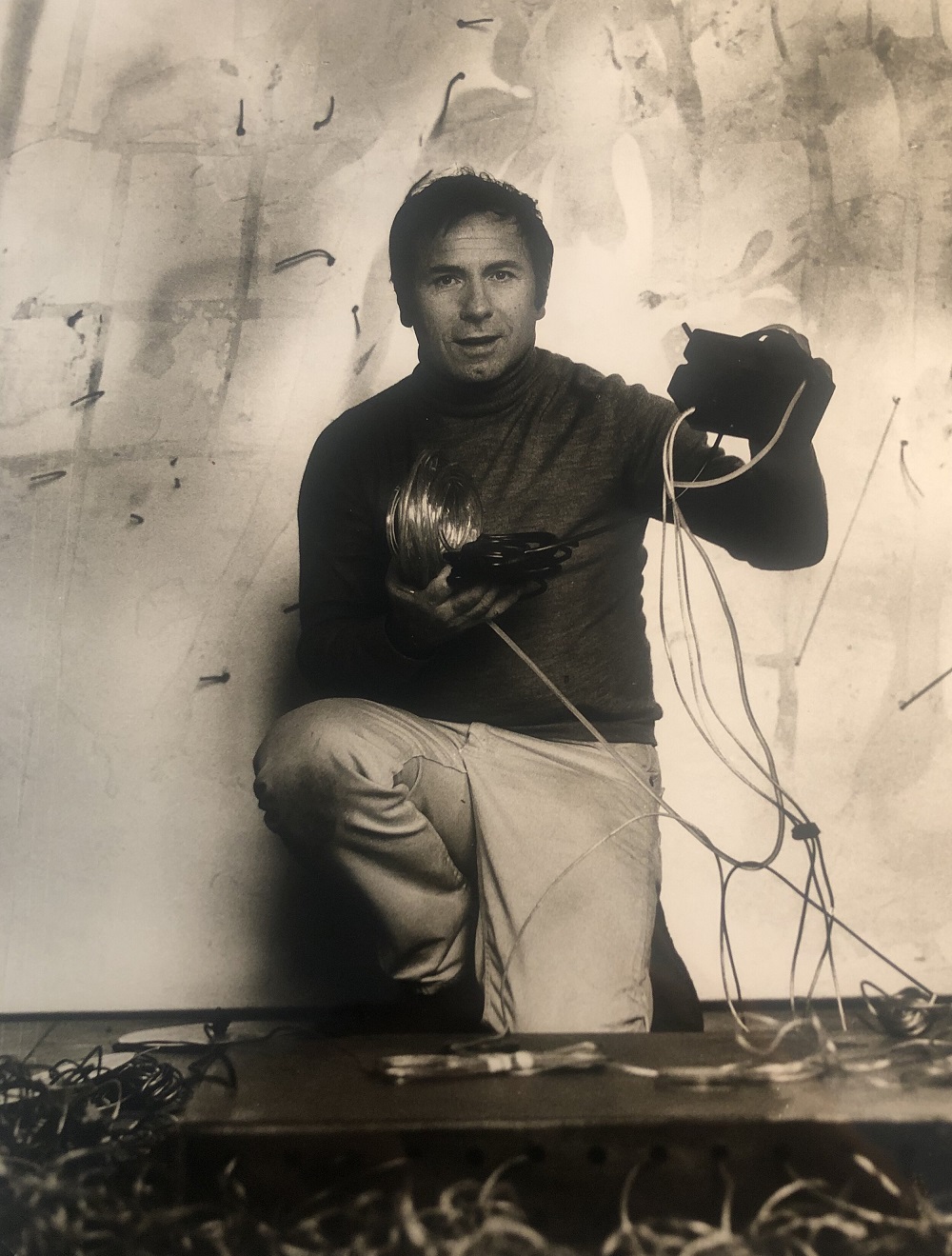
Gerhard Hoehme was a German expressionist painter.


Gerhard Richter is a German visual artist. Richter has produced abstract as well as photorealistic paintings, and also photographs and glass pieces. He is widely regarded as one of the most important contemporary German artists and several of his works have set record prices at auction.

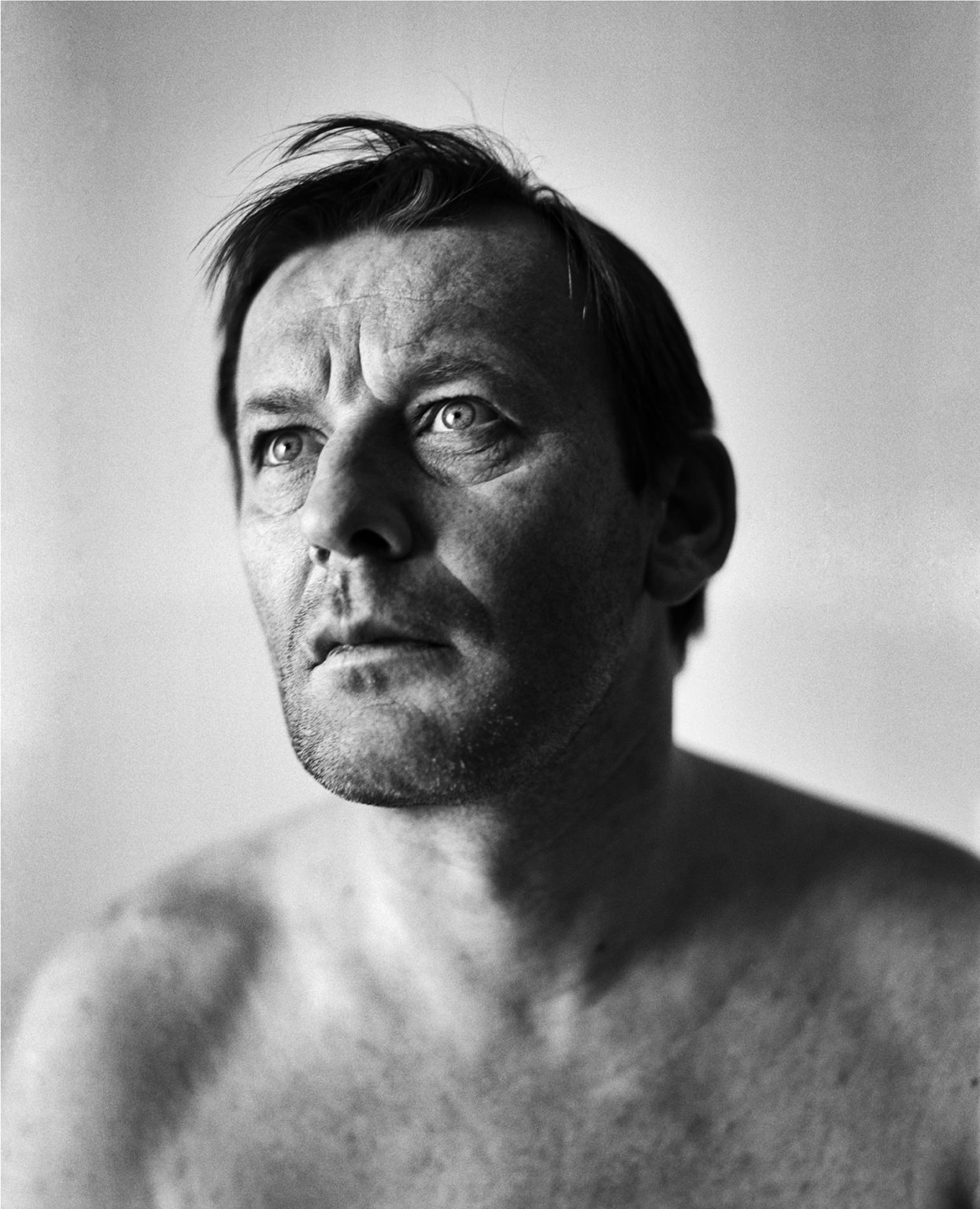
Martin Kippenberger was a German artist known for his extremely prolific output in a wide range of styles and media, superfiction as well as his provocative, jocular and hard-drinking public persona.
Kippenberger was "widely regarded as one of the most talented German artists of his generation," according to Roberta Smith of the New York Times. He was at the center of a generation of German enfants terribles including Albert Oehlen, Markus Oehlen, Werner Büttner, Georg Herold, Dieter Göls, and Günther Förg.


Martin Kippenberger was a German artist known for his extremely prolific output in a wide range of styles and media, superfiction as well as his provocative, jocular and hard-drinking public persona.
Kippenberger was "widely regarded as one of the most talented German artists of his generation," according to Roberta Smith of the New York Times. He was at the center of a generation of German enfants terribles including Albert Oehlen, Markus Oehlen, Werner Büttner, Georg Herold, Dieter Göls, and Günther Förg.

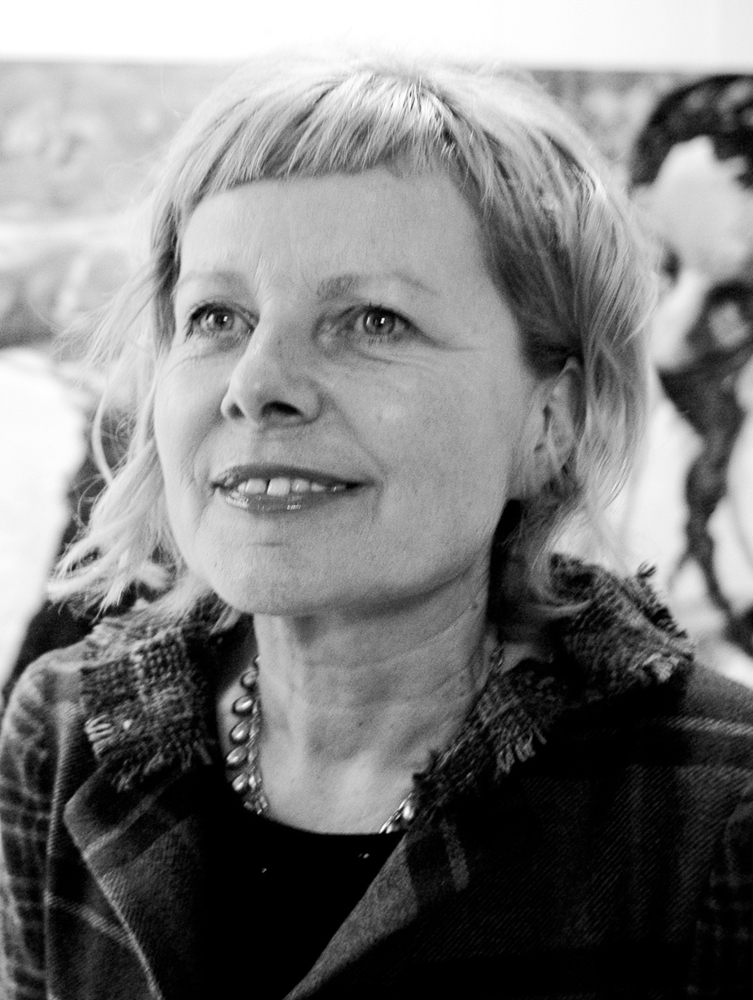
Cornelia Schleime is a German painter, performer, filmmaker and author. She studied painting and graphic arts at the Dresden Academy of Fine Arts before becoming a member of the underground art scene. She was awarded the Hannah Höch Lifetime Achievement Award from the State of Berlin in 2016.
Schleime's painting style is inspired by artists that were a strong influence in her classical studies such as Bacon and Balthus, Monet, Rembrandt, and Van Gogh.
Schleime has focused since the 1990s on figures and large-format portraits. Sources of inspiration are glossy magazines, reproductions of all kinds, but also personal photographs or snapshots found at flea markets. Through the intuitive act of drawing or painting, she turns those she depicts into something creative of her own, projecting them in new roles, symbolically emphasising the poses encountered or highlighting aspects with a touch of fantasy and irony.


Cornelia Schleime is a German painter, performer, filmmaker and author. She studied painting and graphic arts at the Dresden Academy of Fine Arts before becoming a member of the underground art scene. She was awarded the Hannah Höch Lifetime Achievement Award from the State of Berlin in 2016.
Schleime's painting style is inspired by artists that were a strong influence in her classical studies such as Bacon and Balthus, Monet, Rembrandt, and Van Gogh.
Schleime has focused since the 1990s on figures and large-format portraits. Sources of inspiration are glossy magazines, reproductions of all kinds, but also personal photographs or snapshots found at flea markets. Through the intuitive act of drawing or painting, she turns those she depicts into something creative of her own, projecting them in new roles, symbolically emphasising the poses encountered or highlighting aspects with a touch of fantasy and irony.


Cornelia Schleime is a German painter, performer, filmmaker and author. She studied painting and graphic arts at the Dresden Academy of Fine Arts before becoming a member of the underground art scene. She was awarded the Hannah Höch Lifetime Achievement Award from the State of Berlin in 2016.
Schleime's painting style is inspired by artists that were a strong influence in her classical studies such as Bacon and Balthus, Monet, Rembrandt, and Van Gogh.
Schleime has focused since the 1990s on figures and large-format portraits. Sources of inspiration are glossy magazines, reproductions of all kinds, but also personal photographs or snapshots found at flea markets. Through the intuitive act of drawing or painting, she turns those she depicts into something creative of her own, projecting them in new roles, symbolically emphasising the poses encountered or highlighting aspects with a touch of fantasy and irony.


Cornelia Schleime is a German painter, performer, filmmaker and author. She studied painting and graphic arts at the Dresden Academy of Fine Arts before becoming a member of the underground art scene. She was awarded the Hannah Höch Lifetime Achievement Award from the State of Berlin in 2016.
Schleime's painting style is inspired by artists that were a strong influence in her classical studies such as Bacon and Balthus, Monet, Rembrandt, and Van Gogh.
Schleime has focused since the 1990s on figures and large-format portraits. Sources of inspiration are glossy magazines, reproductions of all kinds, but also personal photographs or snapshots found at flea markets. Through the intuitive act of drawing or painting, she turns those she depicts into something creative of her own, projecting them in new roles, symbolically emphasising the poses encountered or highlighting aspects with a touch of fantasy and irony.


Cornelia Schleime is a German painter, performer, filmmaker and author. She studied painting and graphic arts at the Dresden Academy of Fine Arts before becoming a member of the underground art scene. She was awarded the Hannah Höch Lifetime Achievement Award from the State of Berlin in 2016.
Schleime's painting style is inspired by artists that were a strong influence in her classical studies such as Bacon and Balthus, Monet, Rembrandt, and Van Gogh.
Schleime has focused since the 1990s on figures and large-format portraits. Sources of inspiration are glossy magazines, reproductions of all kinds, but also personal photographs or snapshots found at flea markets. Through the intuitive act of drawing or painting, she turns those she depicts into something creative of her own, projecting them in new roles, symbolically emphasising the poses encountered or highlighting aspects with a touch of fantasy and irony.


Cornelia Schleime is a German painter, performer, filmmaker and author. She studied painting and graphic arts at the Dresden Academy of Fine Arts before becoming a member of the underground art scene. She was awarded the Hannah Höch Lifetime Achievement Award from the State of Berlin in 2016.
Schleime's painting style is inspired by artists that were a strong influence in her classical studies such as Bacon and Balthus, Monet, Rembrandt, and Van Gogh.
Schleime has focused since the 1990s on figures and large-format portraits. Sources of inspiration are glossy magazines, reproductions of all kinds, but also personal photographs or snapshots found at flea markets. Through the intuitive act of drawing or painting, she turns those she depicts into something creative of her own, projecting them in new roles, symbolically emphasising the poses encountered or highlighting aspects with a touch of fantasy and irony.


Cornelia Schleime is a German painter, performer, filmmaker and author. She studied painting and graphic arts at the Dresden Academy of Fine Arts before becoming a member of the underground art scene. She was awarded the Hannah Höch Lifetime Achievement Award from the State of Berlin in 2016.
Schleime's painting style is inspired by artists that were a strong influence in her classical studies such as Bacon and Balthus, Monet, Rembrandt, and Van Gogh.
Schleime has focused since the 1990s on figures and large-format portraits. Sources of inspiration are glossy magazines, reproductions of all kinds, but also personal photographs or snapshots found at flea markets. Through the intuitive act of drawing or painting, she turns those she depicts into something creative of her own, projecting them in new roles, symbolically emphasising the poses encountered or highlighting aspects with a touch of fantasy and irony.


Cornelia Schleime is a German painter, performer, filmmaker and author. She studied painting and graphic arts at the Dresden Academy of Fine Arts before becoming a member of the underground art scene. She was awarded the Hannah Höch Lifetime Achievement Award from the State of Berlin in 2016.
Schleime's painting style is inspired by artists that were a strong influence in her classical studies such as Bacon and Balthus, Monet, Rembrandt, and Van Gogh.
Schleime has focused since the 1990s on figures and large-format portraits. Sources of inspiration are glossy magazines, reproductions of all kinds, but also personal photographs or snapshots found at flea markets. Through the intuitive act of drawing or painting, she turns those she depicts into something creative of her own, projecting them in new roles, symbolically emphasising the poses encountered or highlighting aspects with a touch of fantasy and irony.


Cornelia Schleime is a German painter, performer, filmmaker and author. She studied painting and graphic arts at the Dresden Academy of Fine Arts before becoming a member of the underground art scene. She was awarded the Hannah Höch Lifetime Achievement Award from the State of Berlin in 2016.
Schleime's painting style is inspired by artists that were a strong influence in her classical studies such as Bacon and Balthus, Monet, Rembrandt, and Van Gogh.
Schleime has focused since the 1990s on figures and large-format portraits. Sources of inspiration are glossy magazines, reproductions of all kinds, but also personal photographs or snapshots found at flea markets. Through the intuitive act of drawing or painting, she turns those she depicts into something creative of her own, projecting them in new roles, symbolically emphasising the poses encountered or highlighting aspects with a touch of fantasy and irony.

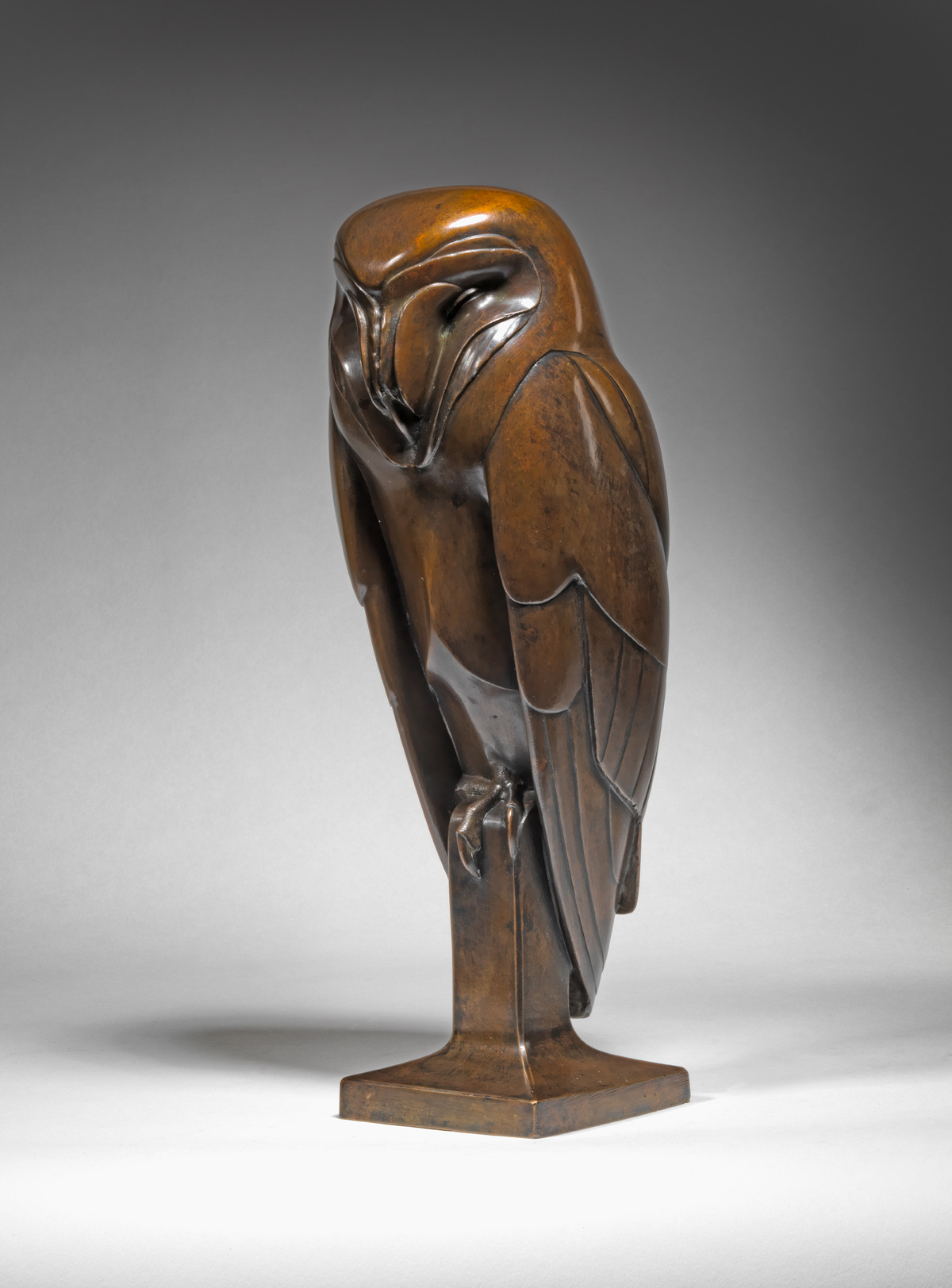
Wilhelm Siegmund Anton Louis Krieger was a German sculptor.


Lyonel Charles Adrian Feininger was an American-German artist renowned for his unique integration of Expressionism, Cubism, and Bauhaus principles. His body of work, which spans several critical decades in modernism's development, is celebrated for its distinctive blend of architectural and nautical motifs, articulated through planar shifts and jagged lines of Cubism, with a vibrant Orphist color palette.
Lyonel Feininger's journey as an artist began in earnest when he was 36, becoming a pivotal figure in various German expressionist groups and a founding member of the Bauhaus, where he led the printmaking workshop. His art, which also includes significant contributions to caricature and photography, explores the intricate relationship between humanity and industrialization, evident in his depictions of architectural and mechanized forms.
His work was subject to Nazi criticism, being labeled as "degenerate," which led to his return to the United States, where he continued to evolve his artistic style. Posthumously, Lyonel Feininger's art has been the focus of several retrospectives, and his pieces, like "Jesuits III," continue to fetch high figures at auctions, underscoring his lasting impact on the art world.
Notably, Lyonel Feininger's "Cathedral" woodcut, representing the Bauhaus's utopian vision, remains one of his most iconic works, symbolizing the integration of art and craftsmanship with its avant-garde yet traditional approach. His legacy is further carried by his sons, Andreas and T. Lux Feininger, who also made their marks in the arts.
For collectors and art and antiques experts, Feininger's work represents a fascinating intersection of various art movements and a testament to the enduring nature of expressive and innovative artistry. To stay updated on new product sales and auction events related to Lyonel Feininger, consider signing up for updates, ensuring you're informed about the latest opportunities to engage with his enduring legacy.
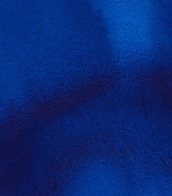

Lyonel Charles Adrian Feininger was an American-German artist renowned for his unique integration of Expressionism, Cubism, and Bauhaus principles. His body of work, which spans several critical decades in modernism's development, is celebrated for its distinctive blend of architectural and nautical motifs, articulated through planar shifts and jagged lines of Cubism, with a vibrant Orphist color palette.
Lyonel Feininger's journey as an artist began in earnest when he was 36, becoming a pivotal figure in various German expressionist groups and a founding member of the Bauhaus, where he led the printmaking workshop. His art, which also includes significant contributions to caricature and photography, explores the intricate relationship between humanity and industrialization, evident in his depictions of architectural and mechanized forms.
His work was subject to Nazi criticism, being labeled as "degenerate," which led to his return to the United States, where he continued to evolve his artistic style. Posthumously, Lyonel Feininger's art has been the focus of several retrospectives, and his pieces, like "Jesuits III," continue to fetch high figures at auctions, underscoring his lasting impact on the art world.
Notably, Lyonel Feininger's "Cathedral" woodcut, representing the Bauhaus's utopian vision, remains one of his most iconic works, symbolizing the integration of art and craftsmanship with its avant-garde yet traditional approach. His legacy is further carried by his sons, Andreas and T. Lux Feininger, who also made their marks in the arts.
For collectors and art and antiques experts, Feininger's work represents a fascinating intersection of various art movements and a testament to the enduring nature of expressive and innovative artistry. To stay updated on new product sales and auction events related to Lyonel Feininger, consider signing up for updates, ensuring you're informed about the latest opportunities to engage with his enduring legacy.




Gerhard Richter is a German visual artist. Richter has produced abstract as well as photorealistic paintings, and also photographs and glass pieces. He is widely regarded as one of the most important contemporary German artists and several of his works have set record prices at auction.

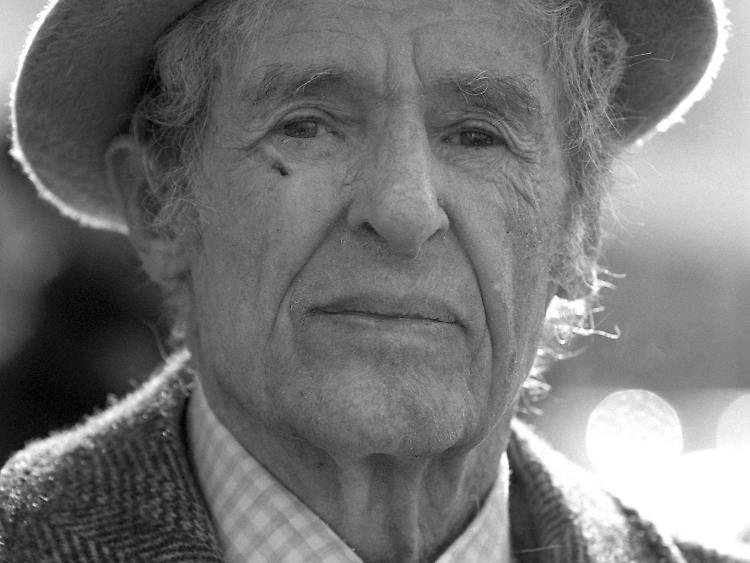
Rupprecht Geiger was a German abstract painter and sculptor. Throughout his career, he favored monochromicity and color-field paintings. For a time, he concentrated solely on the color red.


Gerhard Hoehme was a German expressionist painter.

